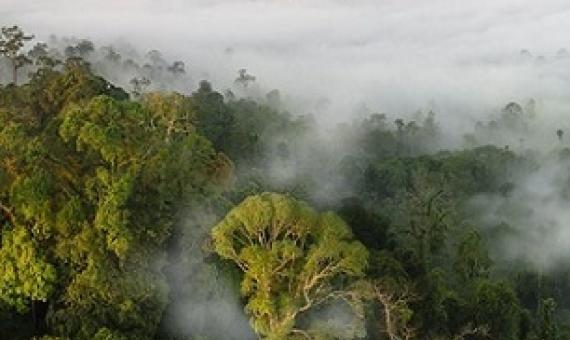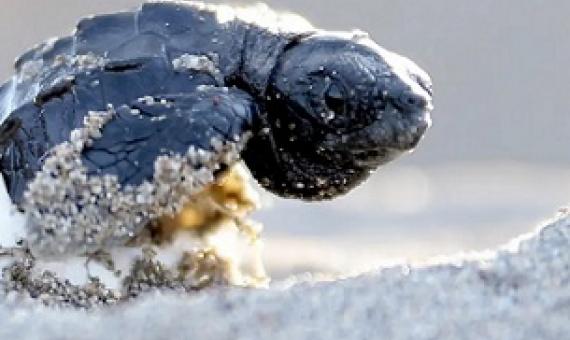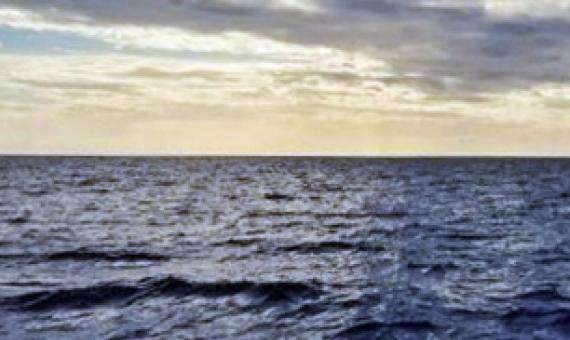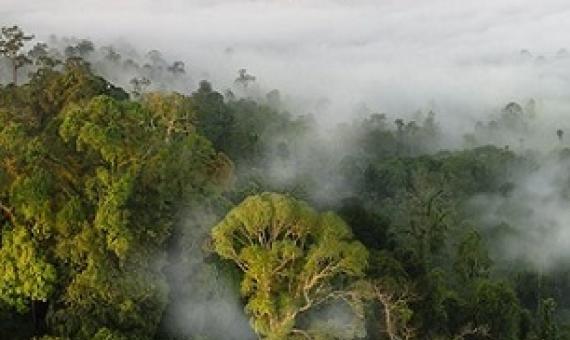The Paris climate agreement, signed in December 2015, ranks as one of the most momentous global treaties ever negotiated, setting a crucial goal to seek to limit warming to 1.5–2 °C above pre-industrial levels...Now biodiversity is hoping for its Paris moment.
In a new expert study published in the journal One Earth, an international team of scientists from the Earth Commission, convened by Future Earth, say that efforts to meet new biodiversity targets and goals for the next three decades risk repeating past failures unless three factors
I was filled with hope when I read the first draft of the Global Biodiversity Framework (GBF) in mid-2021. It seemed that the parties to the United Nations Convention on Biodiversity had learnt from bitter experience — the failure of the Aichi Biodiversity Targets, set for the previous decade.
In 2010, politicians and scientists made a pledge to halt the devastating reductions in wildlife numbers that had been denuding the planet of its animals and sea creatures for the previous century.
In December, United Nations member governments will conclude negotiations on a comprehensive global biodiversity framework that will set goals and targets for the next 10 years, including metrics for protecting the global ocean.
In the face of it, efforts to boost the amount of land and sea officially conserved for nature are going well.
G7 countries took major steps to address the resilience of the planet as leaders met in the coastal Cornwall region of England where a new Blue Planet Fund was launched to help protect the ocean.
There is persuasive evidence that far-reaching protections for the planet’s remaining forests, grasslands, wetlands, coastal marshes and other ecosystems are urgently needed, not only to prevent the further decline and extinction of other species but to stabilize the global climate.
An inventory of biodiversity data sources for conservation monitoring
Many conservation managers, policy makers, businesses and local communities cannot access the biodiversity data they need for informed decision-making on natural resource management. A handful of databases are used to monitor indicators against global biodiversity goals but there is no openly available consolidated list of global data sets to help managers, especially those in high-biodiversity countries. We therefore conducted an inventory of global databases of potential use in monitoring biodiversity states, pressures and conservation responses at multiple levels.
Nature loss is accelerating at an unprecedented rate with 1 million species facing extinction.














